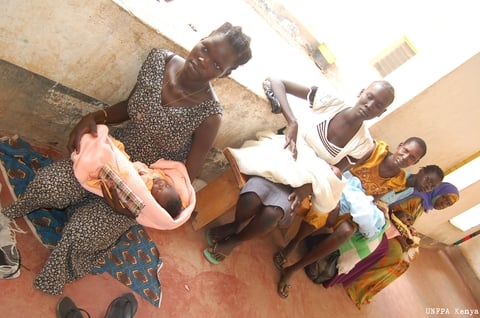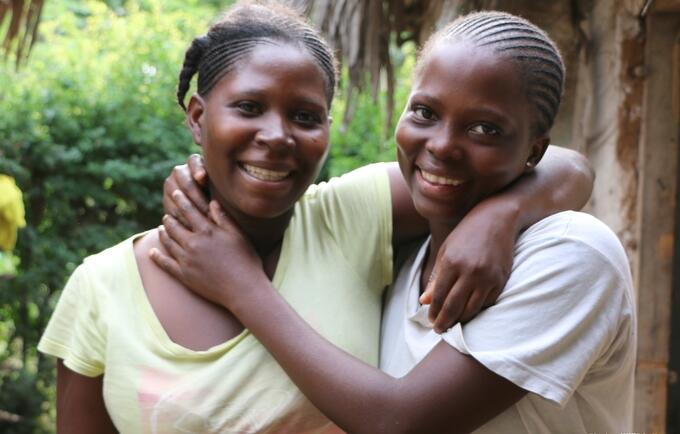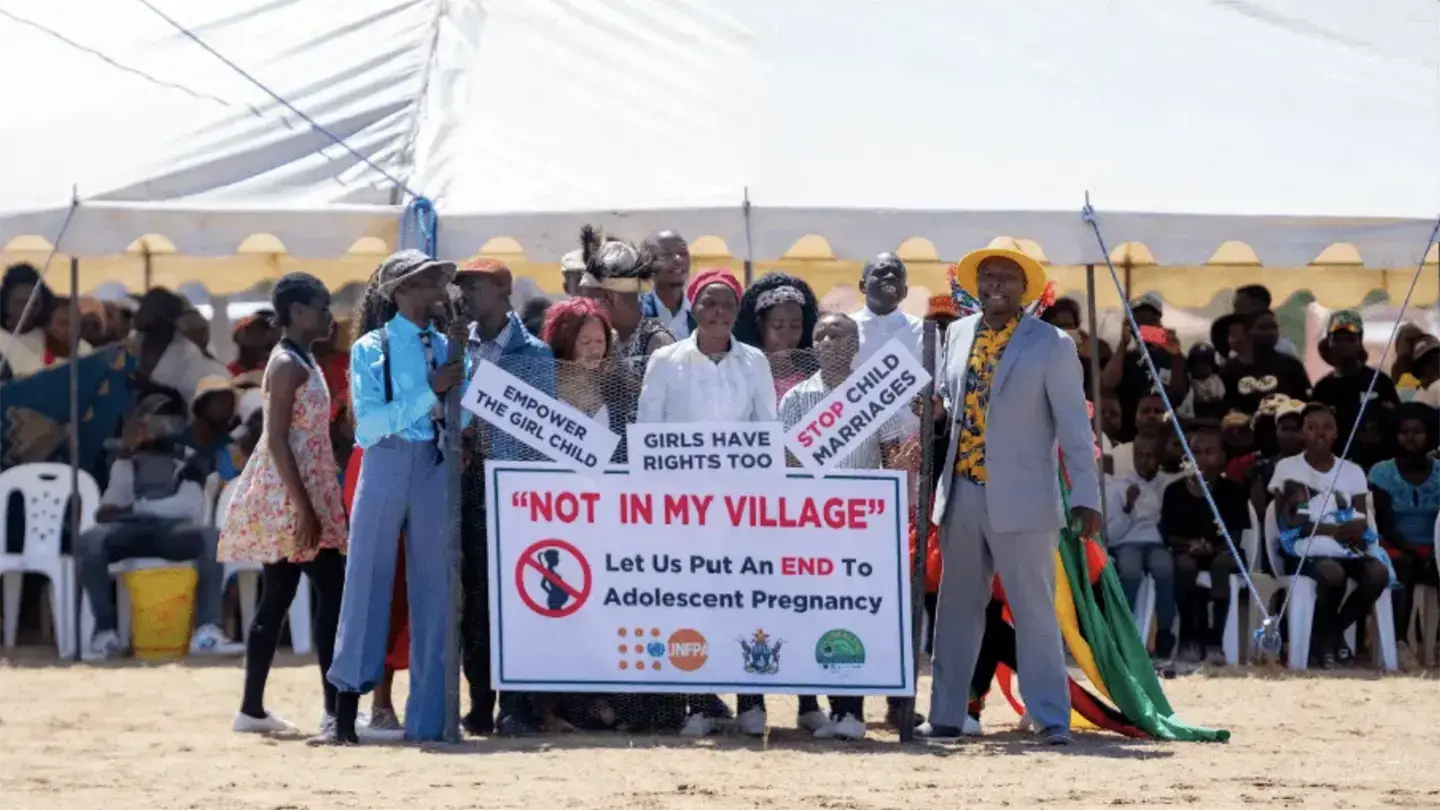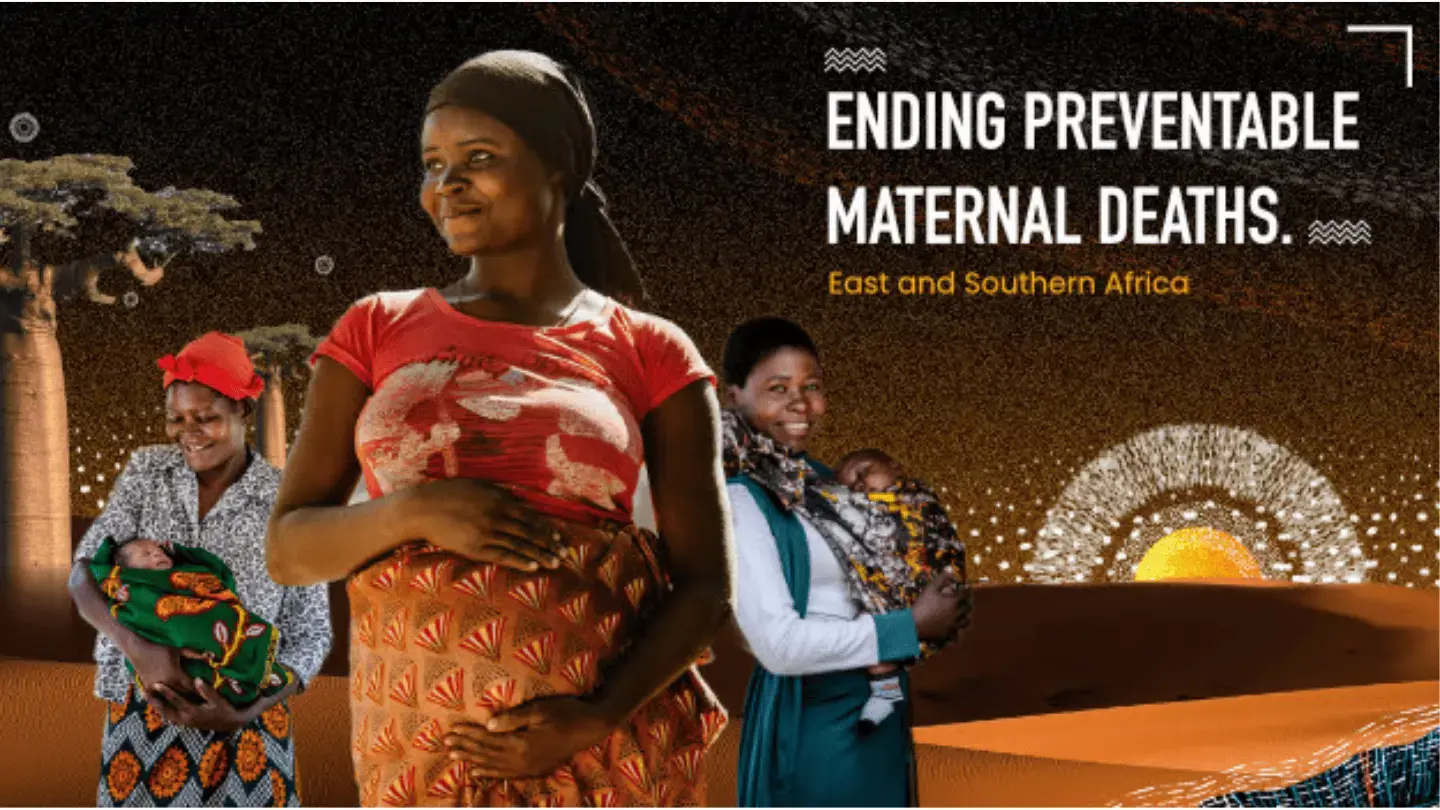MNARANI, Kilifi County, Kenya – “He told me he loved me, and I believed him,” says Purity Bahati. Little did she know that two years later, her world would literally turn upside down.
She began a sexual relationship with her boyfriend while still at school in Mnarani, Kilifi County. He was 28 years old. She was 15.
By the time she reached her seventeenth birthday Purity was pregnant, which forced her to drop out of school. “My parents were so furious with me, and they kicked me out of home,” she says, unsuccessfully forcing a smile.
Her boyfriend reluctantly allowed her to move in with him in his small Makuti-thatched hut located close to his parent’s house. And with that, Purity found herself married. Now a mother of two and just 19 years old, she is uncertain of her future.
Purity spends her days looking after her children while her husband, now aged 30, works as a casual labourer in Mnarani village.
Meet Naomi
Barely 50 yards away from Purity’s home is Naomi Kitsao, 18. She is also a mother of two, and is married to a 19-year-old man. Her story resonates with Purity's - and in fact, they were best friends in school.
“When Purity got a boyfriend while we were in school, we used to admire her,” says Naomi. “Her boyfriend used to buy her gifts and treat her so well, that most girls in school desperately wanted to be like her.” Due to peer pressure, Naomi, then 14 years old, began having multiple sexual relations with boys in and out of school. She admits that at the time, she did not having any knowledge or information about adolescent sexual and reproductive health.
“It was fun and cool to have boys dying to have you. It made one feel wanted, loved and appreciated,” says Naomi. The agreed perception among her peers then was that at their age, it was impossible to get pregnant or contract HIV.
By the time Naomi was expecting her second child, she had joined a tailoring college in Kilifi town, but dropped out almost immediately for lack of money. Now, like Purity, she is a fulltime houseful with little, or no aspirations about her future, except holding unto the thread of hope that her unemployed 19 year old husband will land a job at the Independent Electoral and Boundaries Commission (IIEBC) during this year's general election.
Why so many teen mums?
- See more at: https://kenya.unfpa.org/news/teen-mums-kilifi#sthash.G22AdFkj.dpuf
By the time Naomi was expecting her second child, she had joined a tailoring college in Kilifi town, but dropped out almost immediately for lack of money. Now, like Purity, she is a fulltime housewife with few aspirations for her future. She is hoping that her unemployed husband will land a job at the Independent Electoral and Boundaries Commission (IIEBC) during this year's general election.

Why so many teen mums?
Purity and Naomi’s stories are a reflection of the reality for many teenage mothers in Kilifi County, and by extension, across Kenya. In Kilifi, for instance, the Kenya Demographic Health Survey Report (KDHS 2014) indicates that 19 per cent of girls aged 15-19 have already given birth, while a further 3 per cent are pregnant with their first child. Nationally, about 1 in every 5 teenaged girls between the ages of 15-19 have begun child bearing.
Sooner or later, every young person has to make life-changing decisions about their sexual and reproductive health. Yet research shows that the majority of adolescents, just like Purity and Naomi, lack the knowledge required to make those decisions responsibly. This leaves them vulnerable to coercion, sexually transmitted infections and unintended pregnancy.
In developing countries, an estimated 20,000 girls under 18 years give birth, amounting to 7.3 million births a year. And if all pregnancies are included, the number of adolescent pregnancies is much higher.
Complications from pregnancy and childbirth are a leading cause of death among adolescent girls.
The way forward
Many countries, including Kenya, are working to prevent adolescent pregnancy. Unfortunately, these efforts often focus on changing the behaviour of girls rather than addressing the underlying drivers of adolescent pregnancy. Such drivers include gender inequality, poverty, sexual violence and coercion, child marriage, social pressures, exclusion from educational and job opportunities, and negative attitudes about girls. Many efforts also neglect to account for the role of boys and men.
A more holistic approach is therefore required to support girls in avoiding early pregnancy. Thus, UNFPA works with partners, including governments, civil society, religious groups and youth-led organizations, to extend access to sexual and reproductive health information, counselling and services to all young people.
For example, in Kilifi, UNFPA in partnership with the County Government and the International Centre for Reproductive Health (ICRH Kenya) have developed a strategy for reducing adolescent pregnancies, including investing in girl’s education and involving partners at all levels, from community members to schools and young people themselves.
UNFPA also works within communities to end child marriage, sexual violence and coercion, build gender-equitable societies by empowering girls and engaging men and boys - measures that are reducing adolescent pregnancies and supporting girls who become pregnant to return to school and reach their full potential.
Purity and Naomi have been empowered by UNFPA to access sexual and reproductive health information and services, including the use of family planning methods, which gives them the choice to plan the number, optimal timing and appropriate spacing of their children and to prevent unplanned pregnancies. They are now working in their community to raise awareness about teenage pregnancy, and the importance of accessing adolescent sexual reproduction health information and services.
By Douglas Waudo





